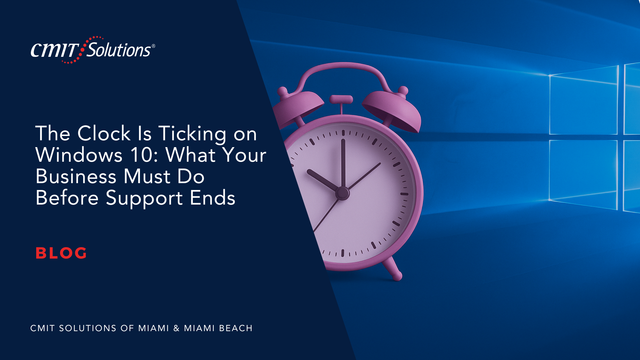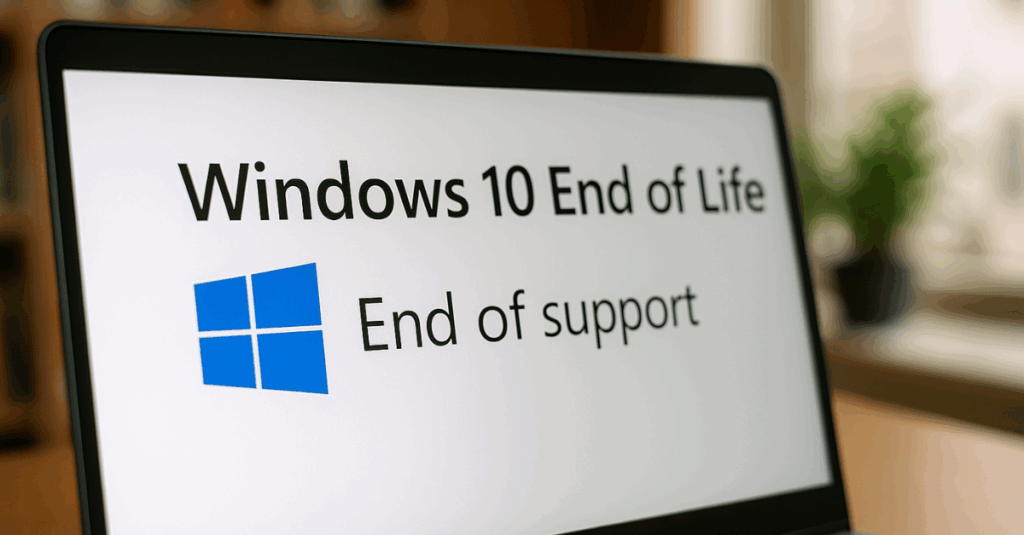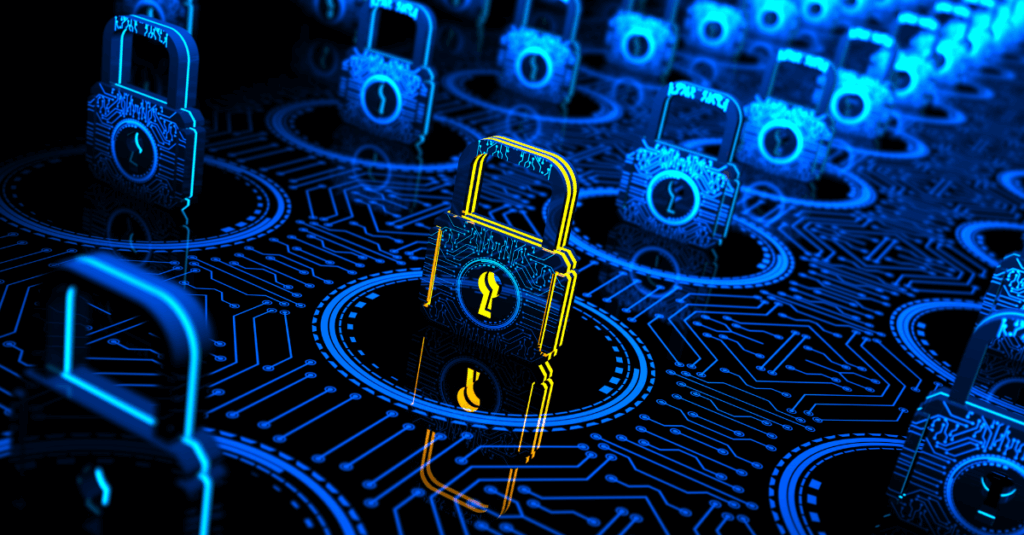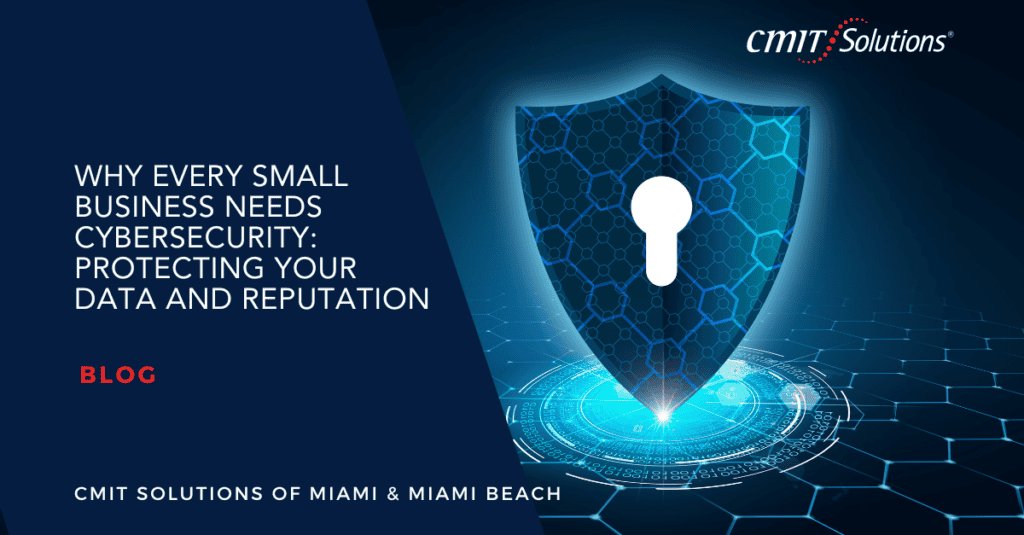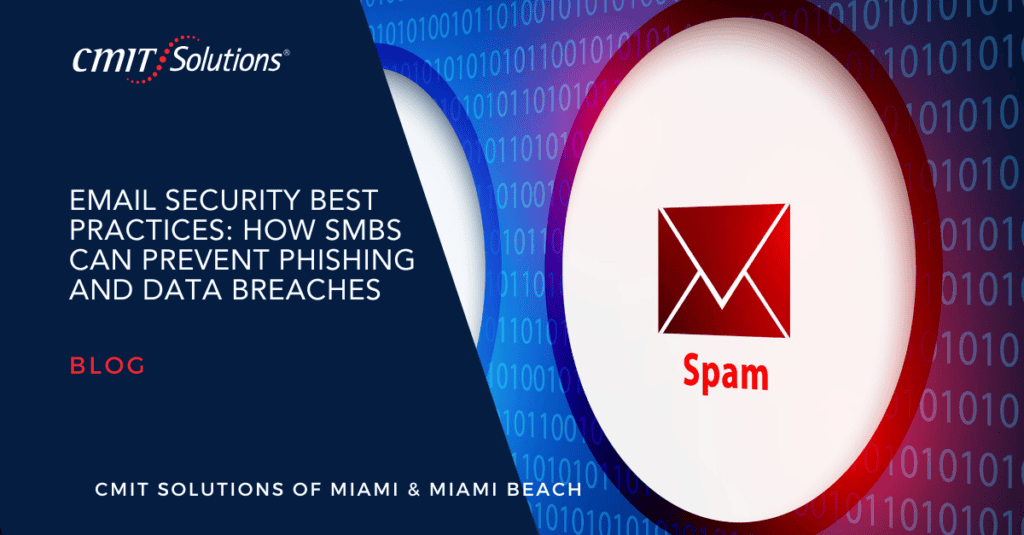Introduction: The Urgency of Change
Microsoft’s announcement to end support for Windows 10 by October 14, 2025, is a significant turning point for businesses of all sizes. The decision to discontinue updates and security patches means companies still using the OS must act now to ensure continued productivity, security, and compliance. For many small and mid-sized businesses in Miami and Miami Beach, this change is not just an IT decision but a strategic business move.
The transition presents both risks and opportunities. On one hand, unsupported systems can become vulnerable to cyberattacks and compliance violations. On the other, it opens the door to modernize IT infrastructure, boost team collaboration, and adopt cutting-edge tools that support hybrid work environments. With only a short window remaining, preparing for the shift to Windows 11 and beyond requires thoughtful planning and execution.
What Is Windows 10 End of Life?
The term “end of life” refers to the point when Microsoft stops providing updates, patches, and support for an operating system—in this case, Windows 10. That means no more feature enhancements, bug fixes, or security improvements after October 14, 2025. For many small and mid-sized businesses, this creates a ticking time bomb of risk and inefficiency. Unsupported systems can become an entry point for cybercriminals and may also fall out of compliance with frameworks like HIPAA, PCI-DSS, and others. Businesses relying on Windows 10 beyond this date may face higher operational costs, loss of trust, and regulatory fines.
Understanding what end of life truly means—and what it doesn’t—is essential to developing a forward-thinking IT strategy. This change presents an opportunity to revisit your infrastructure, improve system performance, and leverage modern tools for better productivity. For example, companies that proactively transitioned during the Windows 7 phase-out saw long-term gains from upgrading their systems, adopting cloud services, and improving endpoint security.
Why Windows 10 End of Support Matters More Than Ever
Running unsupported software introduces substantial risk. Cybercriminals often target outdated systems because they lack the latest protections. The absence of security updates for Windows 10 will leave SMBs exposed to malware, ransomware, and phishing attempts. IT compliance requirements also become harder to meet without support, making regulatory penalties a real possibility.
Furthermore, unsupported systems disrupt long-term digital transformation initiatives. If your business plans to adopt AI-powered cybersecurity or data analytics tools, Windows 10 may not be compatible. By staying on outdated platforms, your organization misses out on productivity gains, automation opportunities, and advanced security defenses that newer technologies provide.
Evaluating Your Technology: Conducting a Thorough IT Audit
Conducting an internal IT audit is the first actionable step toward navigating the Windows 10 end-of-life timeline. A comprehensive audit involves evaluating all endpoints, devices, and applications connected to your environment. Identify which machines are running Windows 10, confirm their upgrade eligibility, and determine potential compatibility issues with Windows 11 or other platforms.
As part of the audit, assess data backup readiness, disaster recovery plans, and your current cybersecurity posture. Understanding where your systems stand today gives you a roadmap for executing upgrades or hardware replacements without unnecessary costs or disruptions.
Additionally, use this opportunity to eliminate shadow IT—unauthorized software or devices employees may use without your IT team’s knowledge. These hidden risks can interfere with updates and expose sensitive data. Managed service providers like CMIT Solutions of Miami and Miami Beach offer expert auditing services tailored to your operational needs.
Upgrade or Replace: Making the Smartest Tech Investment
The upgrade-to-replace dilemma isn’t just about cost—it’s about alignment with future business goals. Windows 11 introduces advanced security layers, streamlined workflows, and deeper integration with productivity platforms. However, its hardware requirements mean many older devices won’t qualify.
Start by reviewing OEM documentation and leveraging Microsoft’s PC Health Check tool to determine device compatibility. For machines that fall short, consider the total cost of ownership. While upgrading hardware may seem more expensive initially, the long-term returns—from improved uptime, faster performance, and reduced vulnerability to cyberattacks—can outweigh the cost.
Here are some key advantages of replacing outdated hardware versus attempting to upgrade non-compliant systems:
- Enhanced Security: Newer devices are equipped with the latest security chips, firmware protections, and encryption capabilities.
- Improved Performance: Modern processors and SSDs deliver faster boot times, multitasking, and responsiveness.
- Compatibility with New Software: Current hardware ensures seamless integration with Windows 11 and future software updates.
- Lower Long-Term Costs: Fewer breakdowns and support calls mean reduced operational expenses over time.
- Support for Hybrid Work: Many new laptops come with built-in webcams, better battery life, and lightweight designs ideal for remote or hybrid teams.
A tailored IT procurement strategy aligned with business continuity planning ensures your upgrades aren’t just reactive, but proactive. Select devices and licensing models that will support remote work, hybrid collaboration, and future application requirements.
Securing the Transition: Avoiding Cyber Gaps During Migration
Security gaps during major OS upgrades are a top target for cybercriminals. Devices temporarily running legacy systems without patching, software with expired licenses, or unencrypted backups become entry points for ransomware, phishing, or insider threats.
To minimize risk, organizations should implement a robust layered defense strategy. Begin by conducting penetration testing, updating all antivirus and antimalware tools, and monitoring network traffic. Prioritize endpoint detection and response solutions and secure remote access protocols.
Additionally, take advantage of this transition to audit identity and access management policies. Introduce or refine multifactor authentication (MFA), privilege access rules, and encrypted VPN use for remote workers. Resources like cybersecurity training can also be used to bring teams up to speed on social engineering risks during migration.
Cloud-Based Continuity: Why Now Is the Time to Go Cloud-First
With an OS upgrade on the horizon, businesses can also accelerate their move to the cloud. Cloud computing reduces reliance on local servers, supports scalability, and empowers distributed teams. Services like Microsoft Azure, OneDrive, and SharePoint bring enhanced security, easy collaboration, and disaster resilience.
Beyond storage, cloud platforms offer access to modern applications that integrate directly into your productivity workflows. Unified communications platforms powered by the cloud allow video conferencing, real-time messaging, and VoIP calls—all essential tools for hybrid or remote teams.
Choosing cloud-native environments also positions your business to adopt AI, machine learning, and data analytics. These technologies are difficult to deploy on legacy systems but work seamlessly in modern cloud ecosystems.
Boosting Productivity with Windows 11 and Microsoft 365 Integration
The synergy between Windows 11 and Microsoft 365 brings transformative potential to SMB operations. Windows 11 boasts features like Snap Layouts for multitasking, enhanced touch interfaces, and integration with Teams directly from the taskbar. Paired with Microsoft 365, it creates a cohesive digital workspace that simplifies user experience.
Microsoft 365 also includes tools like Power Automate, Planner, and SharePoint, which streamline task management, documentation, and collaboration. Employees working across locations can securely share files, co-author documents in real-time, and conduct meetings from any device.
The bundled security features—including Microsoft Defender, compliance manager, and data loss prevention—are invaluable for safeguarding sensitive data. Miami businesses leveraging Microsoft 365 have reported productivity gains, cost savings, and improved user satisfaction.
Preventing Disruptions: Planning for Seamless Migration and Zero Downtime
Downtime isn’t just a nuisance—it’s a financial liability. Every hour of unplanned interruption can lead to revenue loss, customer dissatisfaction, and reduced employee morale. That’s why migration to Windows 11 must be accompanied by a detailed rollout schedule.
Start by identifying low-traffic periods for upgrades, create rollback protocols in case of errors, and run parallel testing before deploying widely. Document your progress, and assign responsibilities across your IT or managed services team. For SMBs, enlisting help from an experienced IT partner ensures smoother outcomes.
It’s also critical to align this migration with proactive IT monitoring and real-time threat alerts. Automated alerts and predictive maintenance systems can minimize outages by addressing system weaknesses before they become failures.
Enhancing Cyber Resilience with Training and Multi-Layered Security
Any IT overhaul is incomplete without a reassessment of your cybersecurity protocols. Moving to Windows 11 opens the door to implement SIEM solutions like Microsoft Sentinel that centralize event logging and flag anomalies before breaches occur.
Simultaneously, educate your workforce. Phishing remains one of the leading entry points for data compromise. Use simulated attacks and structured training programs to help users recognize suspicious behavior, malicious links, or spoofed emails.
Leverage your new tools to establish clear data governance. Apply role-based access, encrypt sensitive files, and implement regular audits. These combined strategies significantly reduce your vulnerability footprint and align with compliance best practices.
Conclusion
The looming Windows 10 end-of-life deadline is more than just a software change—it’s a strategic business imperative. Organizations that act now stand to benefit from greater security, improved productivity, and long-term cost savings. Whether you’re still using outdated devices or unsure how to implement a migration roadmap, this moment is an opportunity to future-proof your business infrastructure.
Delaying action only increases the risk of data breaches, regulatory violations, and system failures. Instead of facing last-minute panic, businesses in Miami and Miami Beach can choose to prepare smartly and confidently. From evaluating hardware needs to embracing cloud-first strategies and training your team for modern security threats, the path to readiness is clear—but it requires leadership and timely decision-making.
If you’re unsure where to begin or need expert support, reach out to our team today to schedule a consultation.
Stay secure, stay compliant, and stay ahead.

